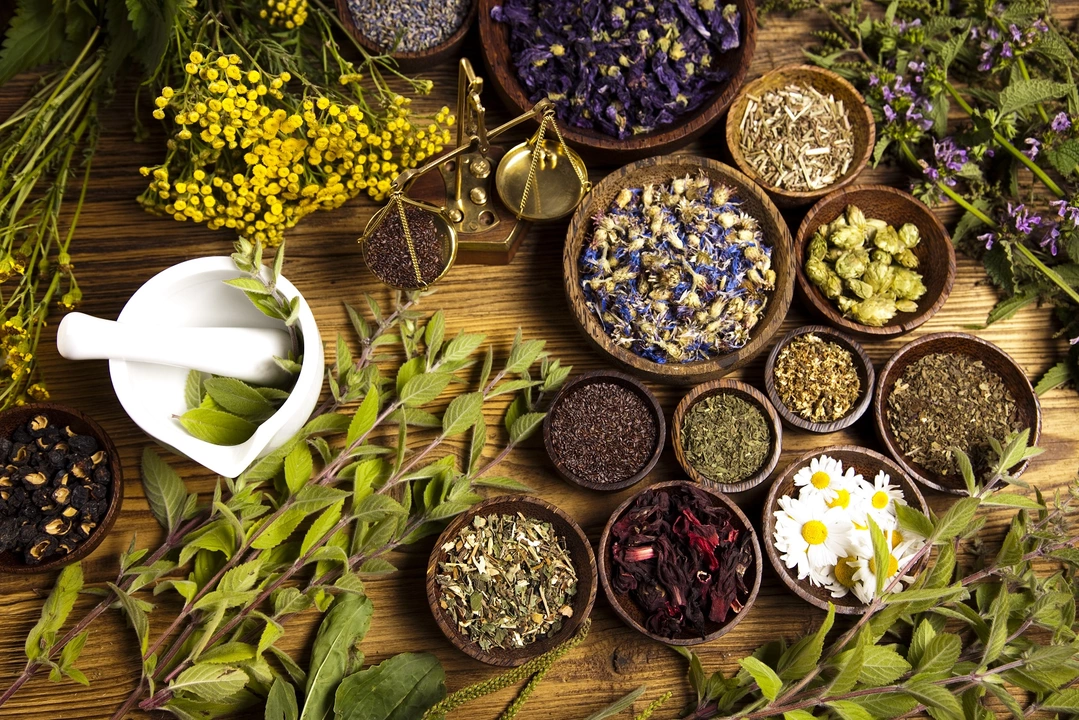Herbal medicine: safe use, interactions, and picking quality supplements
Herbal medicine can help with energy, inflammation, skin issues, and more. But "natural" doesn’t always mean safe. This page gives short, practical advice so you can use herbs without unnecessary risk — what to check on a label, how herbs can affect prescription drugs, and when to stop or ask a clinician.
How to pick a safe herbal supplement
Look for the Latin name on the label and a clear ingredient list. Brands that show batch numbers and third‑party testing (USP, NSF, or ConsumerLab) are more trustworthy. Prefer standardized extracts — those list how much active compound (like 10% bacosides or 50mg curcuminoids) — so dosing is predictable. Avoid products that promise miracle cures or huge doses not supported by evidence.
Buy from reputable sellers and keep receipts. If you order online, check reviews, return policies, and whether the seller provides lab certificates on request. Store supplements as the label says (cool, dry place) and toss them after the expiration date. Keep them away from kids and pets.
Using herbs with prescription meds — what to watch for
Herbs can speed up or slow drug metabolism, raise bleeding risk, or change blood pressure. Common examples: St. John's wort can make birth control and some heart drugs less effective; ginkgo and garlic may increase bleeding with blood thinners; valerian plus sedatives can cause too much drowsiness. Those are examples, not a full list — always check for interactions before starting anything new.
Make a short list of everything you take — prescription drugs, over‑the‑counter meds, and all supplements — and share it with your doctor or pharmacist. If you start an herb and notice new symptoms (bleeding, rash, dizziness, fast heartbeat, or worsened condition), stop and contact your clinician. Pregnant and breastfeeding people should avoid most supplements unless directed by a provider.
Want deeper reads? Our posts on Chaulmoogra and Coleus dig into benefits and limits: "Maximize Wellness with Chaulmoogra" explains traditional uses and modern cautions, while "Discover Why Coleus is the Hottest Trend" covers how it’s being used in supplements today. Those articles show real dosing notes and safety tips you can use.
Quick rules you can use now: start low and try one herb at a time for a short trial period, check for third‑party testing, keep a current list of your meds, and ask a pharmacist about interactions. Herbs can help, but smart choices keep them useful — not harmful.

Schizonepeta: The Natural Dietary Supplement You Need to Boost Your Health
Well, folks, prepare to be bamboozled by the power of Schizonepeta! This little-known natural dietary supplement is here to kick your health up a notch. Not only is it packed with a bunch of good-for-you nutrients, but it's also been used in traditional medicine for centuries. So, it's kind of like a health-boosting secret weapon that's been hidden in plain sight. Take that, common cold and skin troubles! Time to get on the Schizonepeta bandwagon for a healthier you. It's like a party for your health and everyone's invited!
Read More
Pellitory-Of-The-Wall: The Ancient Remedy Making a Modern Comeback
I recently came across an interesting topic about an ancient remedy making a modern comeback - Pellitory-Of-The-Wall. This age-old medicinal plant has a long history of being used to treat various ailments such as asthma, bronchitis, and even kidney stones. Lately, it has gained renewed attention for its potential health benefits and natural healing properties. It's fascinating to see how traditional remedies like this are making a resurgence in today's modern world. I'm excited to explore and learn more about the versatile uses of Pellitory-Of-The-Wall and share my findings with you all.
Read More




